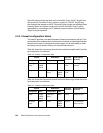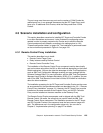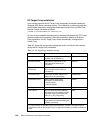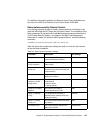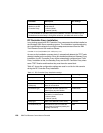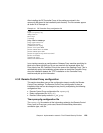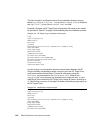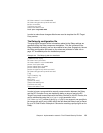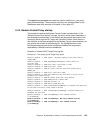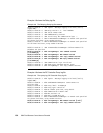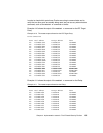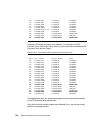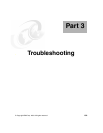
132 IBM Tivoli Remote Control Across Firewalls
Example 4-5 The Relay.cfg file after the changes
[communication-layer]
Children-local-port=7021
Children-remote-list=tic01005+8020
parent-local-port=7020
parent-remote-host=tic01003
parent-remote-port=6020
parent-cm-type=cm-tcp-unidirectional
Children-cm-type=cm-tcp-unidirectional
[log]
log-file=Relay.log
debug-level=3
max-size=1
[parent-cm-info]
connection-mode=server
[Children-cm-info]
connection-mode=client
local-port-range=4023-4024
In order to make these changes effective we need to stop/start the Relay service.
The rc_def_proxy policy method
In order to customize the Remote Control Proxy in a Non-Standalone
environment, it is necessary to modify the rc_def_proxy policy method
accordingly. This file determines how the Remote Control Proxies usage will be
done and how the Controller can connect to the Targets across the firewall.
Example 4-6 shows the settings we used in our rc_def_proxy policy method file:
Example 4-6 The rc_def_proxy policy method contents
#!/bin/sh
# Default value: NO
echo "YES auto 5020"
exit 0
When using the Non-Standalone architecture, it is required to provide the
following configuration information:
Configuration type
RC Target Proxy port
In a Non-Standalone scenario, the configuration type
must always be set to
auto
., meaning that the Controller will always use the Endpoint Proxy address to
reach the RC Target Proxy. The Remote Control Proxy port identifies the port the
RC Target Proxy listens for requests from the Controller, which in our scenario is
5020.



